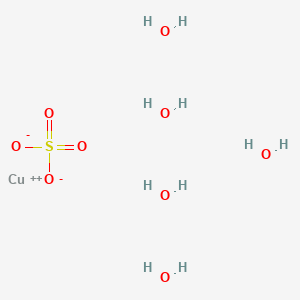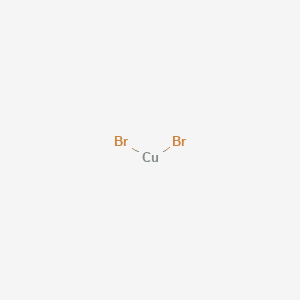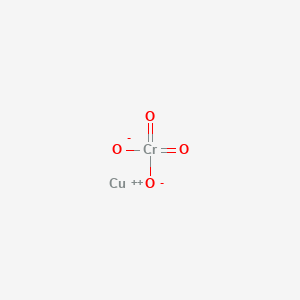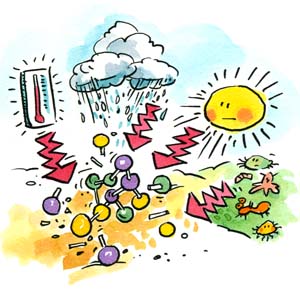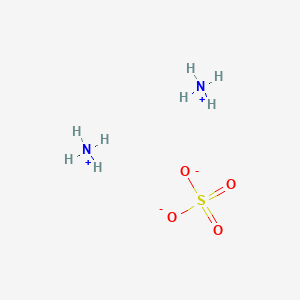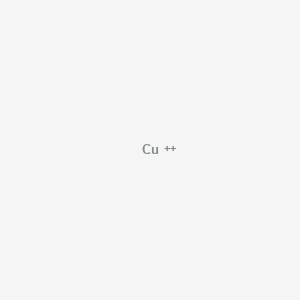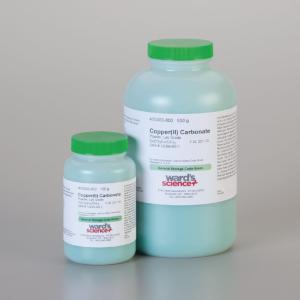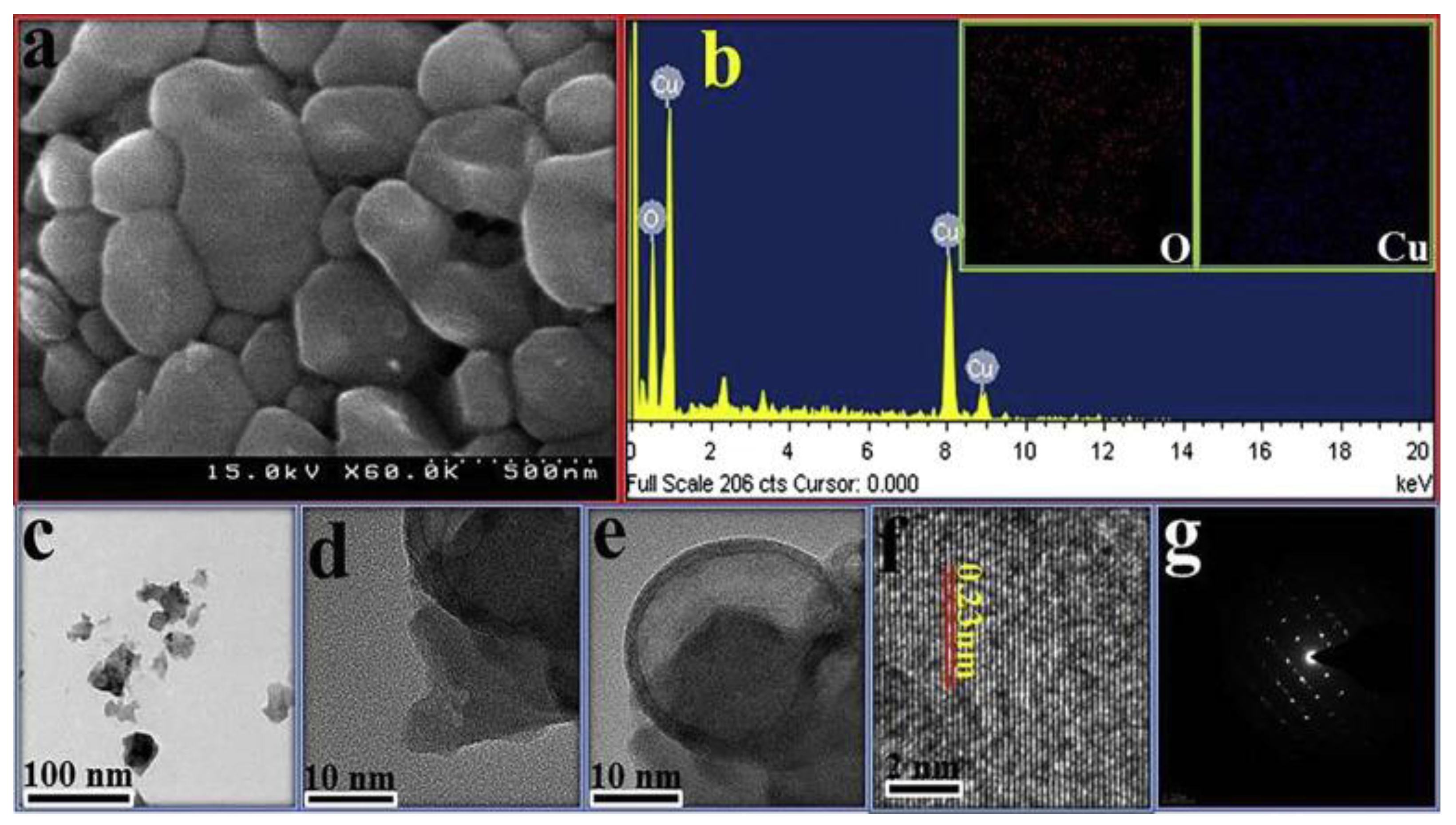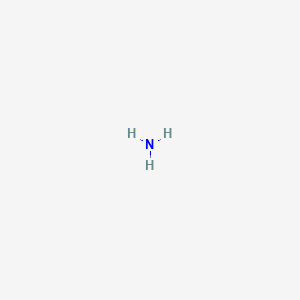Hazardous Substance Fact Sheet Aqueous Copper

Each fact sheet serves as a quick and easy to understand guide.
Hazardous substance fact sheet aqueous copper. The osha hazardous waste operations and emergency response standard 29 cfr 1910 120 may apply. Spills and emergencies if employees are required to clean up spills they must be properly trained and equipped. Breathing copper chloride can irritate the nose throat and lungs causing coughing and wheezing. Information for this series is excerpted from the atsdr toxicological profiles and public health statements.
Copper is an essential mineral and the recommended dietary allowance of copper for human adults has been set at 900 µg day. Copper chloride can irritate the stomach causing salivation nausea vomiting stomach pain and diarrhea. Including aqueous film forming foam afff or alcohol resistant aqueous film forming foam ar afff or protein foams. 3 4 the copper ion is the component of copper sulfate with toxicological implications.
The atsdr toxfaqs is a series of summaries about hazardous substances developed by the atsdr division of toxicology. This fact sheet focuses on afff as these foams contain fluorosurfactants and they are widely used. The fact sheets are prepared for substances on the new jersey right to know hazardous substance list. Breathing high levels of copper can cause irritation of your nose and throat.
Contact can severely irritate and burn the skin and eyes with possible eye damage. Per and polyfluoroalkyl substances pfas are the active ingredients in fluorosurfactants. Ingesting high levels of copper can cause nausea vomiting and diarrhea. Immediately or shortly after exposure to copper chloride.
The right to know hazardous substance fact sheets are not intended to be copied and sold for commercial purposes. All class b foams are not the same. High levels of copper can be harmful. Biological hazards pathogen safety data sheets psds sites pathogen safety data sheets public health agency of canada other chemical hazards sites epa fact sheets use to search the emci chemical references web pages agency for toxic substances and disease registry atsdr atsdr toxfaqs is a series of summaries about hazardous substances.
Very high doses of copper can cause damage to your liver and kidneys and can even cause death. Copper is also a ubiquitous element.



